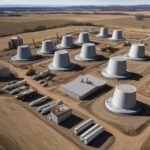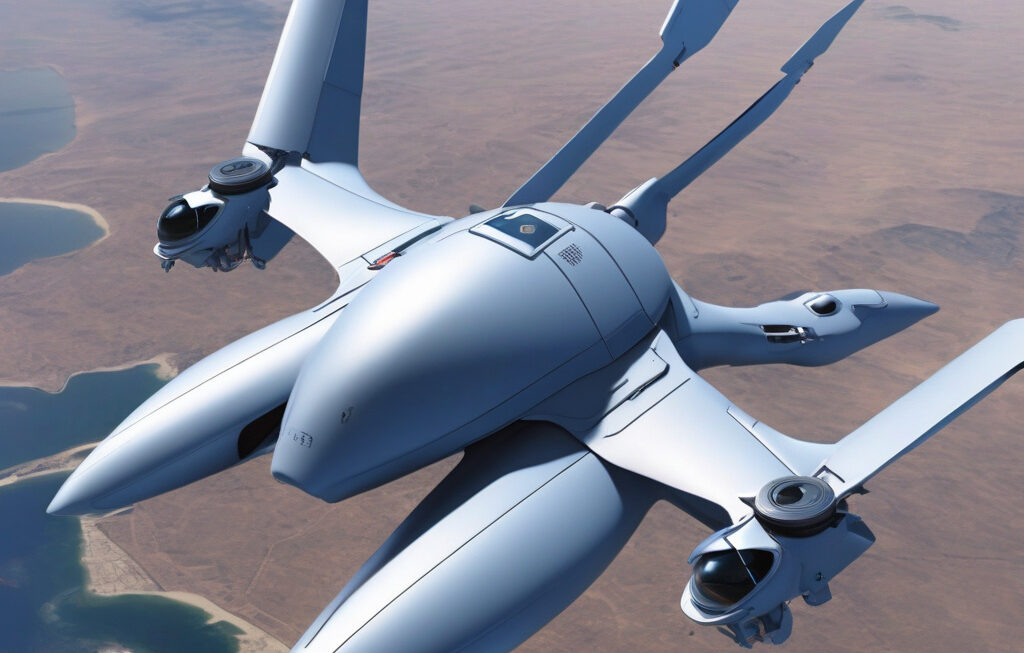China Revives Cold War-Era Idea to Deploy Radar-Evading Nukes in Orbit, US Warns
The United States Defense Intelligence Agency (DIA) has issued a stark warning regarding the evolution of China’s military capabilities. In a recent report, the DIA highlighted China’s efforts to revive a Cold War-era concept of deploying radar-evading nuclear weapons in orbit. This move has raised significant concerns within the US defense establishment and among its allies around the world.
The concept of placing nuclear weapons in orbit around the Earth is not new. During the Cold War, both the United States and the Soviet Union explored the idea as part of their strategic deterrence efforts. However, the Outer Space Treaty of 1967, which prohibits the placement of nuclear weapons in space, effectively put an end to these plans. Now, it seems that China is revisiting this controversial strategy, posing a new challenge to global security and stability.
By developing radar-evading capabilities for its space-based assets, China could potentially deploy nuclear weapons in orbit without being detected by current surveillance systems. This would give China a significant advantage in terms of strategic deterrence, as traditional missile defense systems are not designed to counter threats from space. The ability to strike targets from space with minimal warning could have far-reaching implications for regional and global security.
The DIA report also warns that China is rapidly expanding its space-based military capabilities in other areas. These include anti-satellite weapons, space-based intelligence, surveillance, and reconnaissance systems, and the development of satellite jammers. All of these developments point to China’s growing ambition to establish dominance in space and challenge the United States’ long-standing superiority in this domain.
The implications of China’s pursuit of space-based nuclear weapons are profound. Not only does it raise the specter of a new arms race in space, but it also highlights the need for the international community to reevaluate existing arms control agreements and develop new mechanisms to prevent the weaponization of space. The United States, in particular, will need to reassess its own space strategy and invest in technologies to counter emerging threats from potential adversaries.
In response to China’s actions, the US government has called for greater transparency and cooperation in space activities. By working closely with its allies and partners, the United States aims to maintain peace and stability in space while deterring aggressive actions by China and other countries. Diplomatic efforts will be crucial in addressing the growing tensions surrounding space militarization and preventing a new arms race from escalating out of control.
As China continues to advance its space capabilities, the need for a coordinated international response becomes more urgent. The United States, as the leading space power, must take the lead in shaping the future of space governance and ensuring that space remains a peaceful domain for all nations. Only through collective action and cooperation can the world prevent the militarization of space and preserve it for future generations.
In conclusion, China’s revival of the Cold War-era idea of deploying radar-evading nuclear weapons in orbit represents a significant challenge to global security. The United States and its allies must remain vigilant and proactive in addressing this threat, while also working towards diplomatic solutions to prevent an escalation of tensions in space. The future of space governance hangs in the balance, and decisive action is needed to safeguard the peaceful use of space for all.
China, US, Space Governance, Arms Race, Global Security











